Small kitchens can face challenges when trying to incorporate a kitchen island, but there are innovative alternatives to traditional large and stationary islands. These alternatives maintain functionality and style while not overwhelming the space. Various concepts are explored to help small kitchens benefit from a kitchen island without sacrificing space.
Concepts for a Creative Kitchen Island
Scaled-Down Islands for Compact Spaces
A full-sized kitchen island can disrupt a small kitchen's flow, but a scaled-down custom island can offer extra workspace, storage, and seating without compromising flow. Compact islands may include built-in shelves or cabinets for added storage while maintaining a sleek look.
Homeowners can optimize a smaller island by considering the layout and traffic patterns. A narrow, elongated island can provide a prep area without hindering movement. Conversely, a shorter, wider island can be a central hub for cooking and socializing. Thoughtful design choices can make a smaller island a valuable addition to any kitchen.
The Versatility of Mobile Islands
Using a mobile island in a small kitchen adds flexibility and functionality. Unlike a fixed island, a mobile unit with casters can be moved around for extra prep space, storage, or a serving station.
This adaptability is useful in small kitchens to maximize space. Mobile islands can be customized with features like drop-leaf extensions and built-in cutting boards, turning them into fully equipped prep stations. Choose an island that complements the kitchen design for enhanced functionality.

Integrating a Raised Table as an Alternative
A raised table is a practical and stylish alternative to a traditional kitchen island, typically 12” or 18” deep. It provides additional seating, workspace, and storage, utilizing vertical space effectively for a functional and visually appealing kitchen when a scaled-down island is not feasible.
In the kitchen, a raised table can serve multiple purposes, added to the end of a counter for a breakfast bar or positioned against a wall with stools underneath for an open floor plan, maximizing space and adding elegance.
Selecting the Right Floor Tile
When choosing floor tiles for a small kitchen, consider size, color, and layout to create a larger space. The right choice can make the kitchen feel spacious. Tile size and color are crucial. The layout of tiles can also expand the room visually. By considering these factors, homeowners can make a compact kitchen appear bigger and more inviting.
The Impact of Tile Size on Perception
Larger floor tiles like 12” x 12” or 18” x 18” create a spacious feel. They reduce grout lines, giving an expansive look. Tile layout affects size perception; diagonal layouts expand space. Consistent color and finish unify the kitchen for a spacious feel. Careful tile selection and arrangement create a spacious illusion and cohesive design.
Recommendations for Minimal Grout Lines
To make a small kitchen look larger, use larger tiles to minimize grout lines for a cleaner, spacious feel. Choose grout color matching tiles to blend lines and enhance space illusion. Smooth, glazed tiles are easier to clean than those with a rough finish, reducing dirt and grime accumulation. Properly sealed grout simplifies cleaning, prevents staining and mildew, keeping your kitchen floor fresh.

Durability and Maintenance Considerations
When choosing floor tiles for a kitchen, prioritize durability and low maintenance. Porcelain and ceramic tiles are favored for being tough, moisture-resistant, and easy to clean. Natural stone tiles are also attractive but may require more upkeep and sealing against stains and damage.
Kitchen floors should withstand daily wear, so opt for tiles suited for high traffic. Proper installation and sealing are vital to prevent water damage and staining, ensuring longevity. Routine upkeep like sweeping, mopping, and resealing is essential for long-lasting pristine tiles.
Replacing New Kitchen Cabinetry
Updating kitchen cabinetry is crucial for optimizing storage and functionality in a small kitchen. Customizing cabinets and making use of vertical space are vital for improving efficiency and organization in the kitchen.
Customizing Cabinets for Small Kitchens
Custom cabinetry for small kitchens can enhance storage capacity and design. A designer can tailor cabinets to fit the space efficiently, utilizing every inch effectively. Built-in spice racks and pull-out pantry shelves maximize functionality and style.
Custom cabinetry maximizes storage and improves a kitchen's aesthetic appeal with the choice of materials, finishes, and hardware. Modern cabinets offer a minimalist look, while traditional cabinets can add charm to the kitchen.
Utilizing Vertical Space with Taller Upper Cabinets
In small kitchens, use vertical space for storage. Taller upper cabinets, 39 or 42 inches high, increase storage without using more floor space. They make the kitchen look bigger and store items not used often. Homeowners add adjustable shelves, pull-out drawers, and built-in organizers for better storage.
These features ease access and storage, keeping the space organized. Pull-out drawers aid in accessing pots and pans, while adjustable shelves in upper cabinets offer customizable storage solutions.

Selecting Functional Cabinet Features for Storage
Incorporating functional features in kitchen cabinets enhances usability. Pull-out shelves aid in accessing items. Tray dividers organize baking sheets and cutting boards. Vertical storage racks store pans and lids upright.
Features make the kitchen more functional and user-friendly, meeting homeowners' needs. Enhance cooking and storage experience. By selecting and incorporating these features, create a practical, efficient kitchen.
Space-Saving Appliance Choices
Choosing the right appliances is key in a small kitchen. By downsizing appliances and placing them strategically, functionality can be enhanced without sacrificing utility.
Downsizing Appliances Without Sacrificing Utility
Smaller appliances = functional as larger ones, save space. Compact dishwashers, ranges, microwaves, refrigerators = free up cabinetry, counter space. Narrower dishwashers, smaller fridges = improve kitchen layout. Consider smaller appliances to maximize space. Homeowners downsizing = opt for multi-functional appliances to save space. Combo microwave + convection oven = two functionalities in one unit. Washer-dryer combo = eliminates need for separate units in small kitchens. Dual-purpose appliances help maximize space in downsized homes.
Strategic Appliance Placement for Efficiency
In a small kitchen, positioning appliances in a triangular layout called the kitchen work triangle (fridge, stove, sink) boosts efficiency. Alternate placements like microwave over stove save space, while integrating appliances into cabinetry streamlines design.
Energy-Efficient Appliances That Fit Your Space
When selecting kitchen appliances, choose energy-efficient ENERGY STAR-rated models to save space, reduce energy consumption, and maintain powerful performance. Prioritize energy efficiency, noise level, and maintenance ease. Quiet dishwashers and range hoods enhance cooking experience, while easy-to-clean models simplify upkeep, creating a functional and eco-friendly kitchen.
Color Schemes and Lighting Techniques
The right color schemes and lighting techniques can make a small kitchen appear larger and more inviting. By carefully choosing colors and lighting fixtures, homeowners can enhance the perception of space in their kitchen. Bright colors and adequate lighting can create a welcoming environment in a small kitchen.

Choosing Colors to Enhance Kitchen Size
Light hues such as white or pastels are best for small kitchens as they reflect light to create a larger space feel. Using these for walls, cabinetry, and countertops can help a kitchen feel airy. Avoid dark tones as they make the room seem confined.
Experimenting with colors and textures can add visual interest. Combining light cabinets with a darker backsplash can make a statement. Glossy finishes and reflective materials like glass can enhance the perceived size of the room.
Implementing Lighting for Depth and Warmth
Effective lighting design is crucial in small kitchens. Task lighting illuminates work areas, while under-cabinet lights provide a cozy glow. Ambient lighting, such as overhead fixtures, creates a welcoming mood. Strategic placement of light sources adds depth and warmth.
Layering different types of lighting is vital for a well-lit space. Combining recessed ceiling lights, pendant lights, and under-cabinet lighting achieves balance. Dimmable lights offer flexibility, allowing adjustments for comfort.

Combining Natural and Artificial Light Sources
Blending natural and artificial light sources in a small kitchen enhances the perceived size. Natural light through windows and sheer curtains brightens the room. Artificial lights like recessed lighting ensure even lighting. This combo creates a spacious atmosphere. Reflective surfaces like mirrors and glass tiles enhance natural light. By planning lighting design and materials carefully, homeowners can create a functional kitchen.
Maximizing a small kitchen needs thoughtful design and strategic choices. Using creative kitchen island concepts, selecting the right floor tiles, replacing cabinetry, choosing space-saving appliances, and implementing effective color schemes and lighting techniques can transform compact kitchens into stylish and efficient spaces. Smart design ensures every inch is utilized effectively, creating a functional and visually appealing environment. Through planning and innovative solutions, a small kitchen can become a hub of culinary creativity and social interaction, meeting modern living needs while maintaining charm.
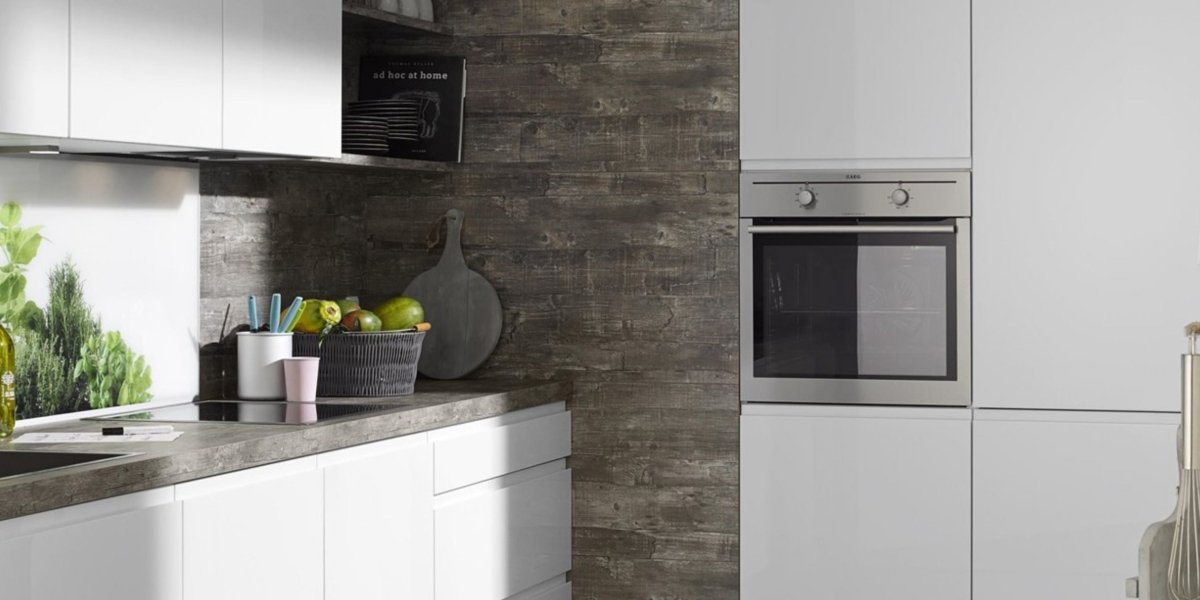


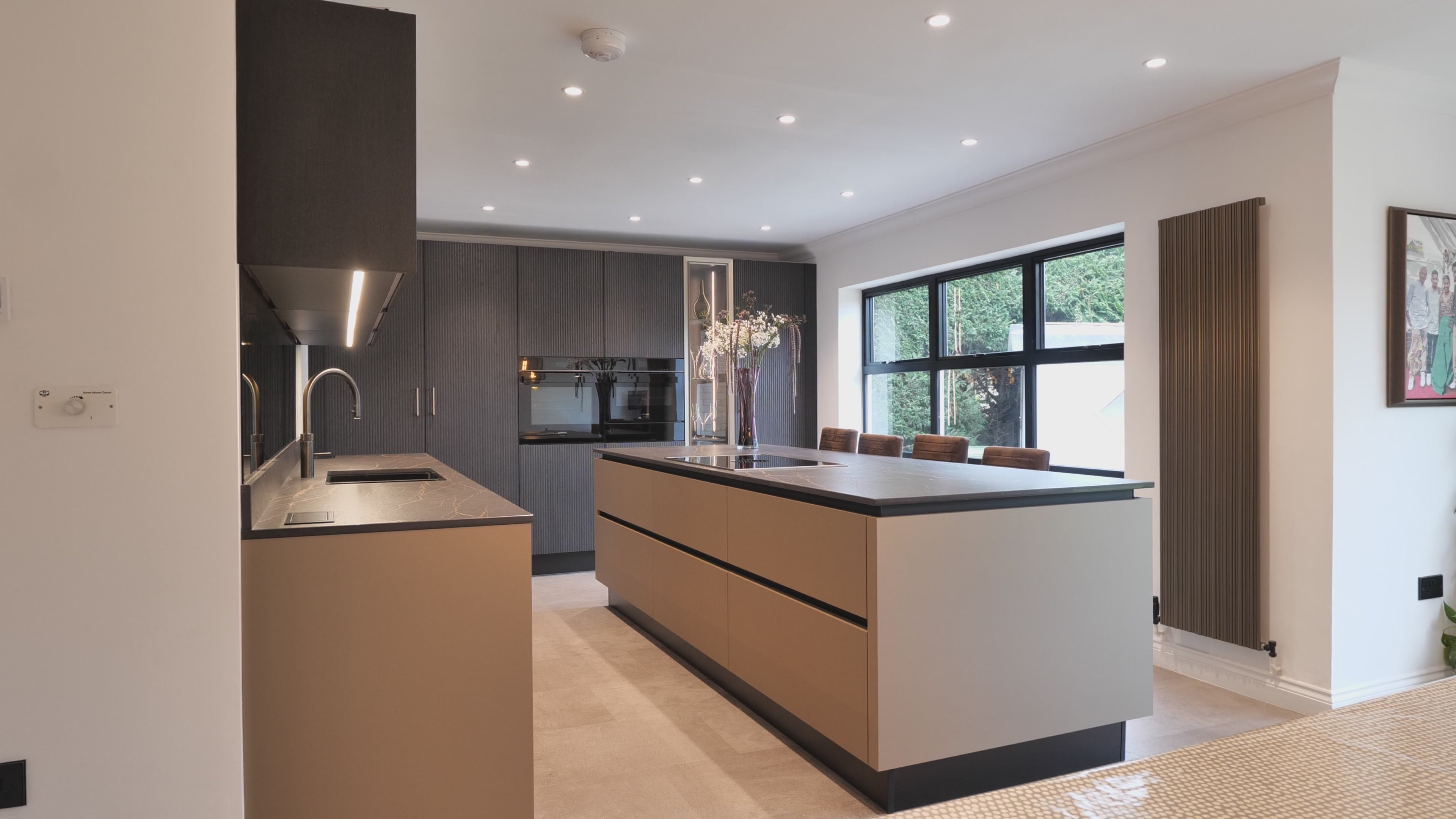
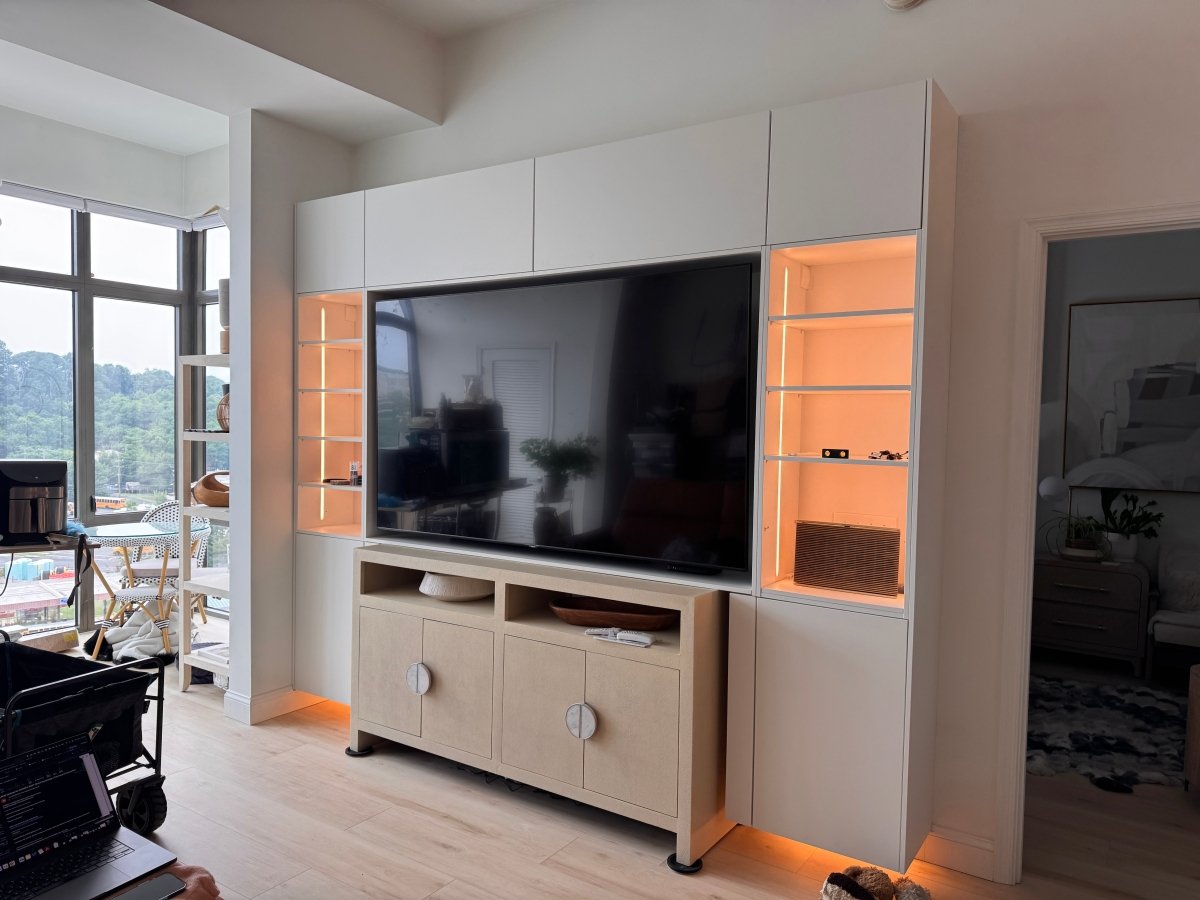
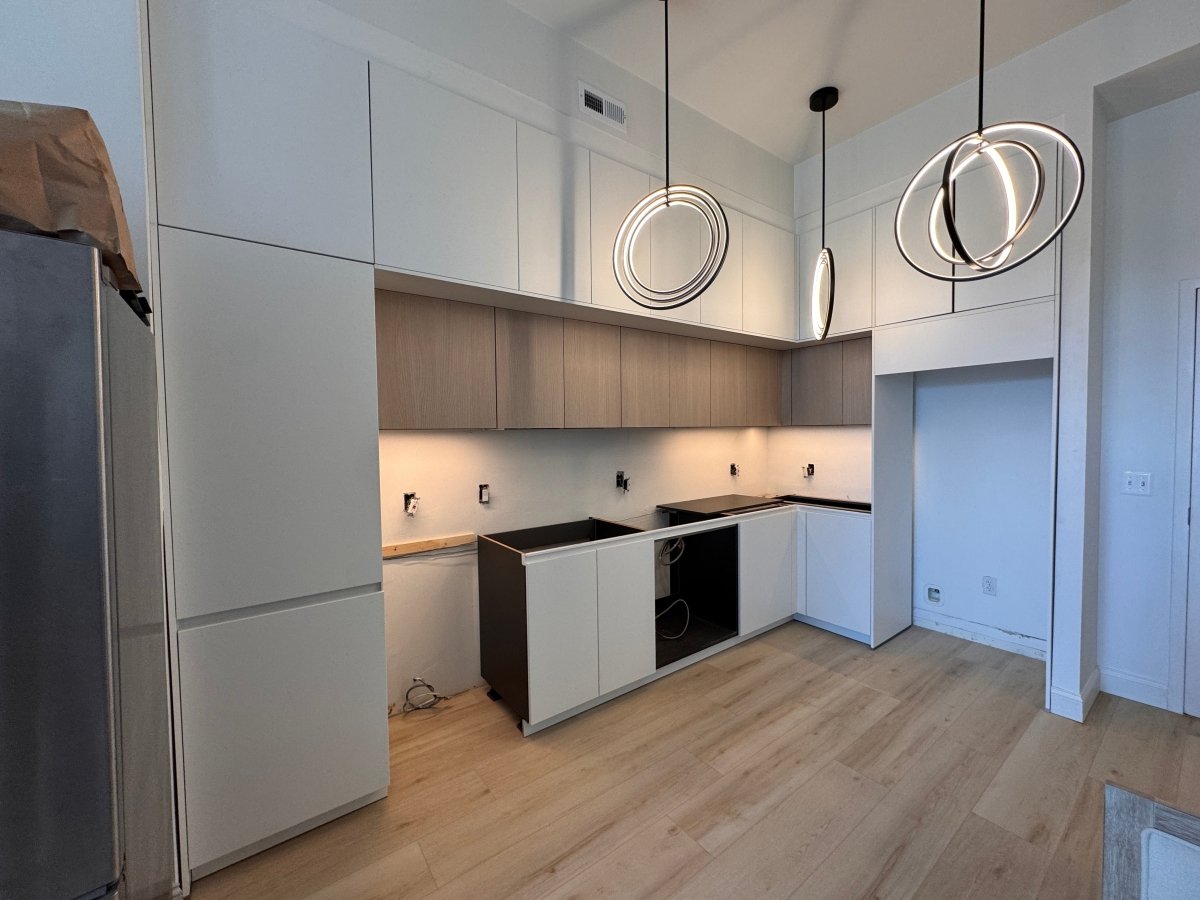

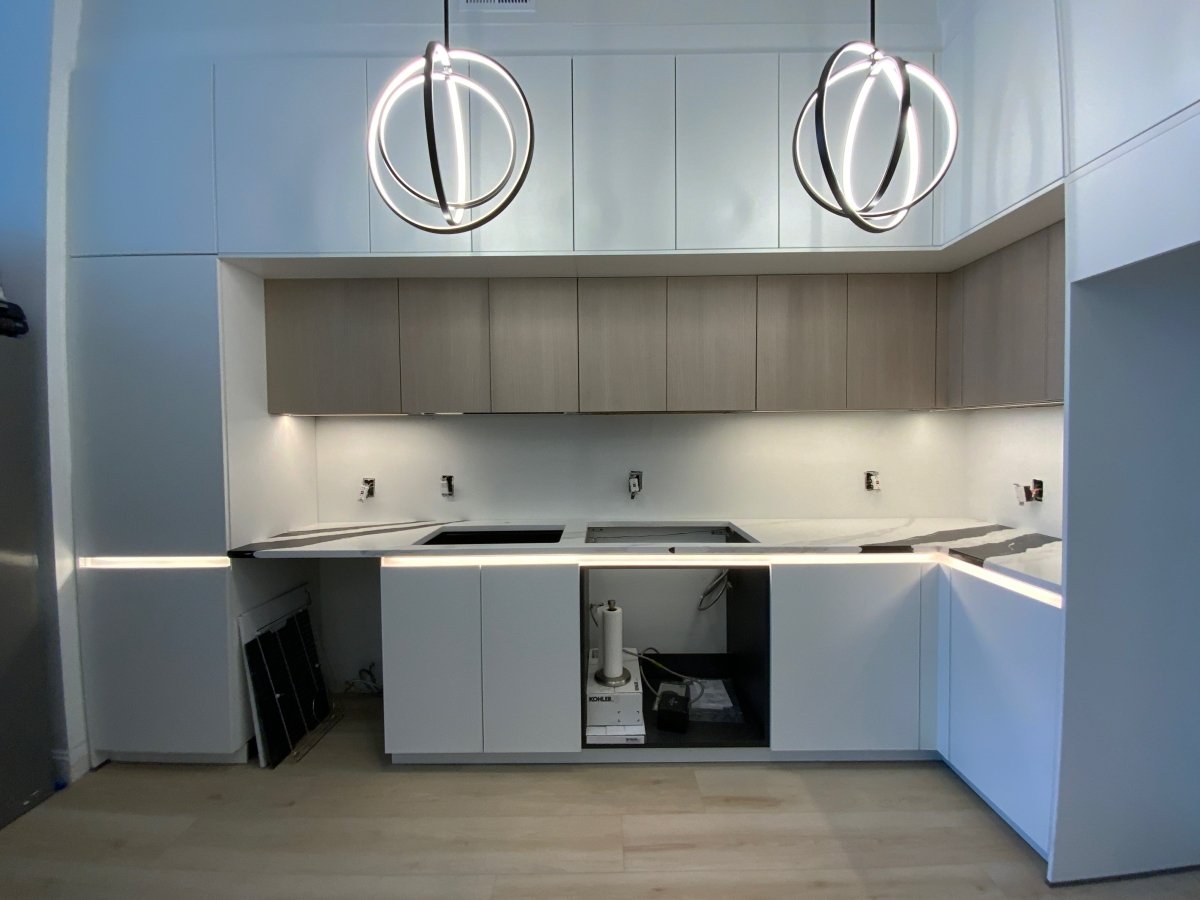
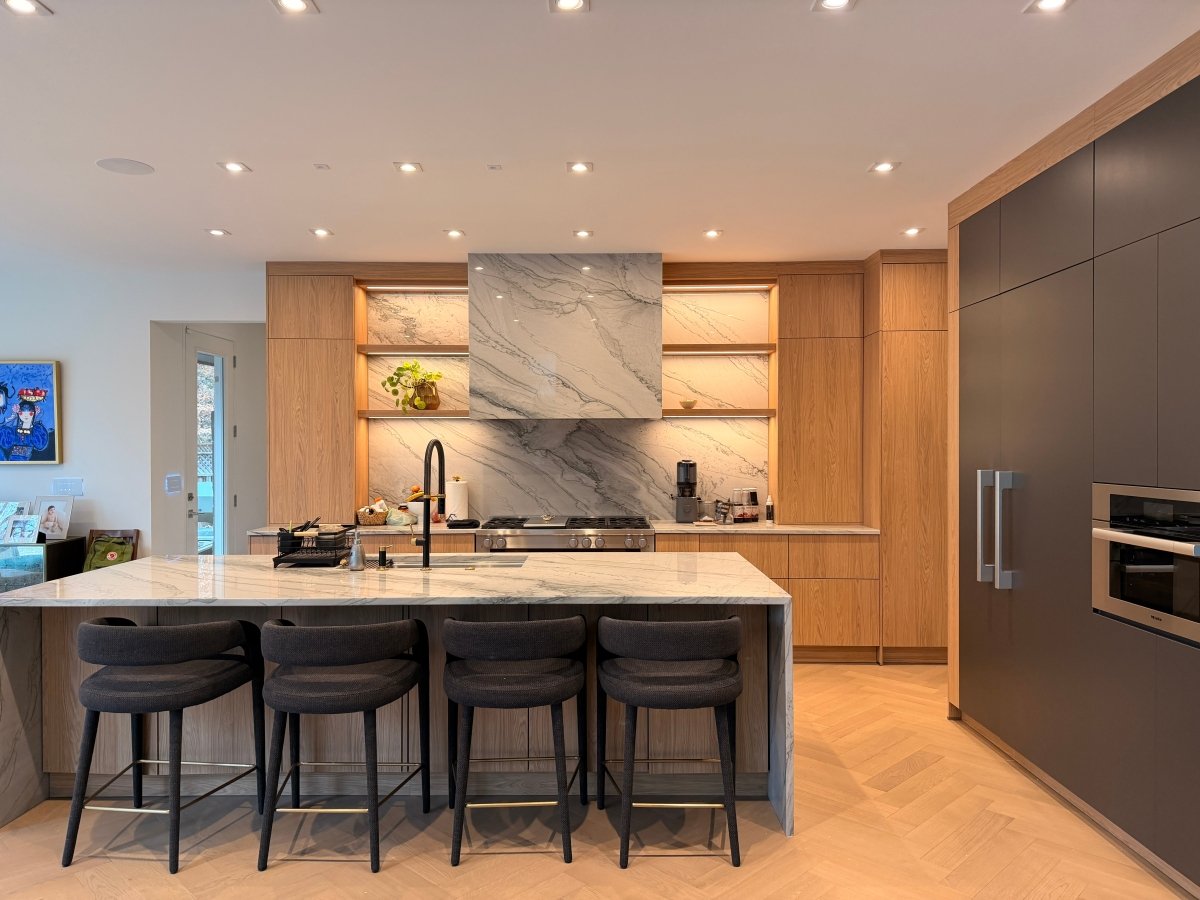
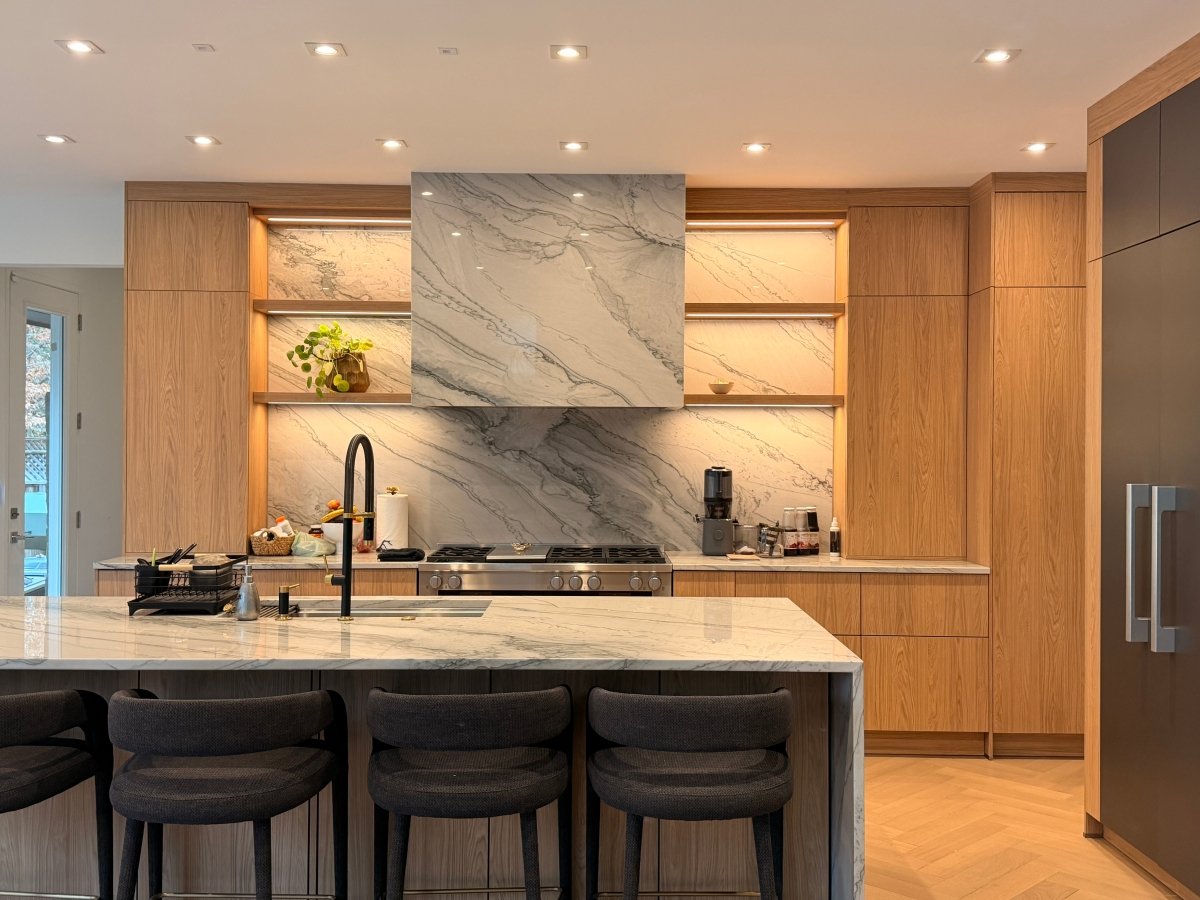


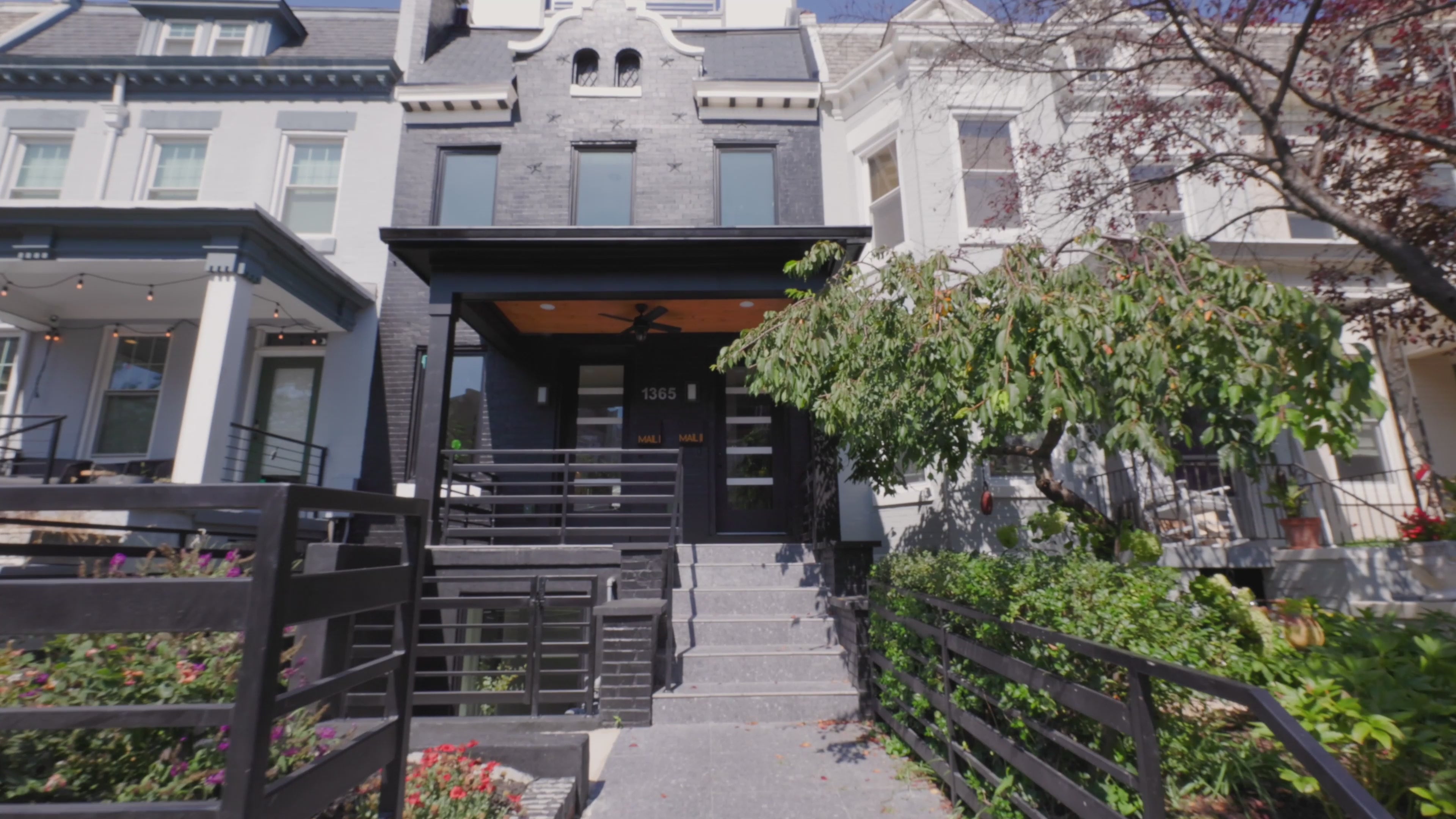
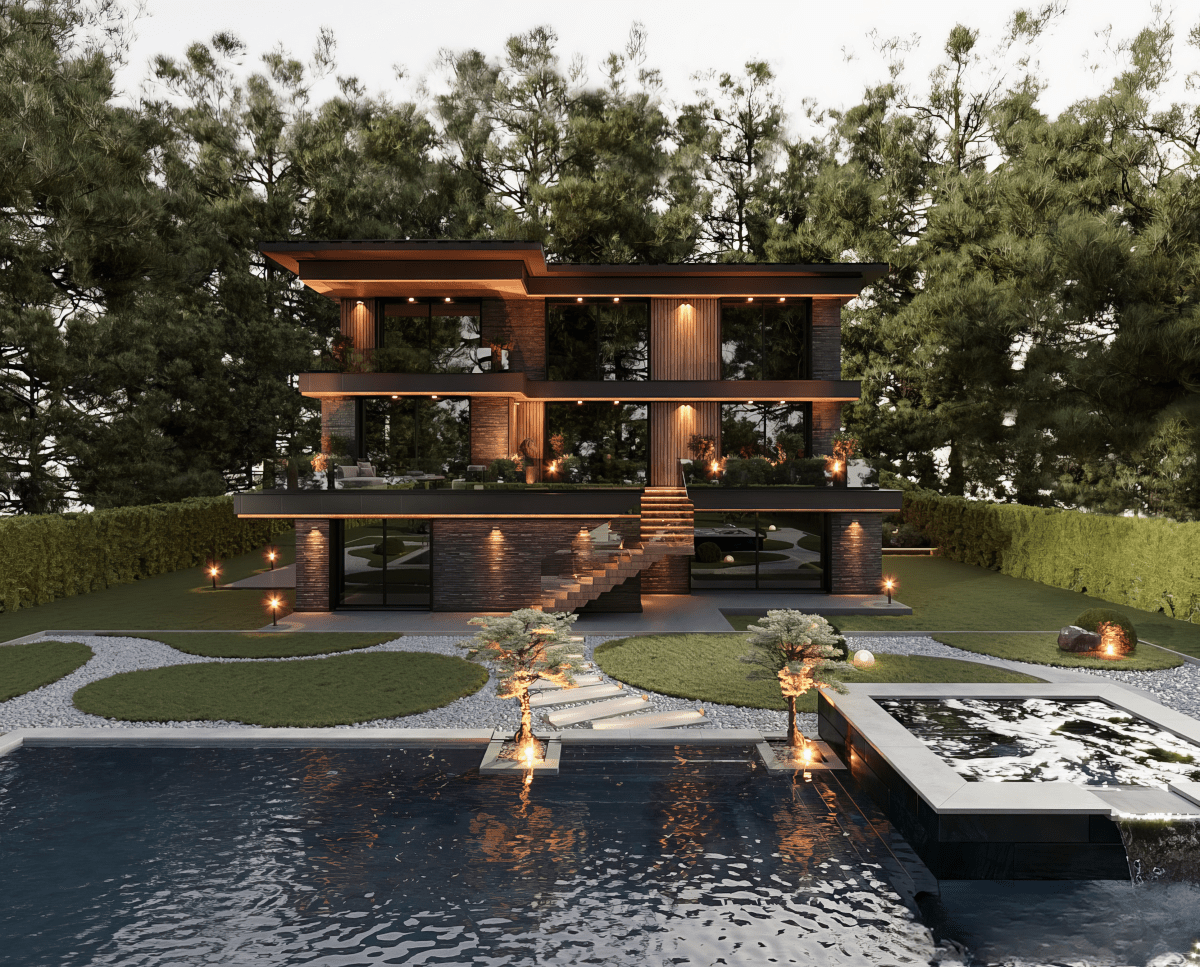

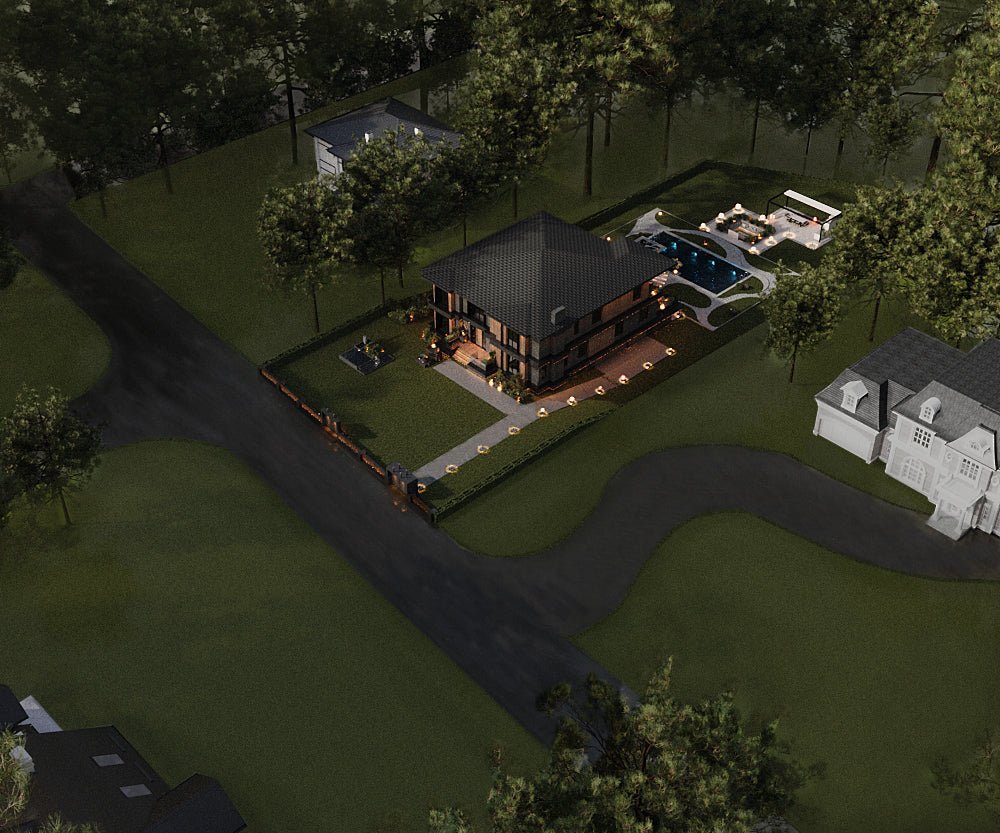
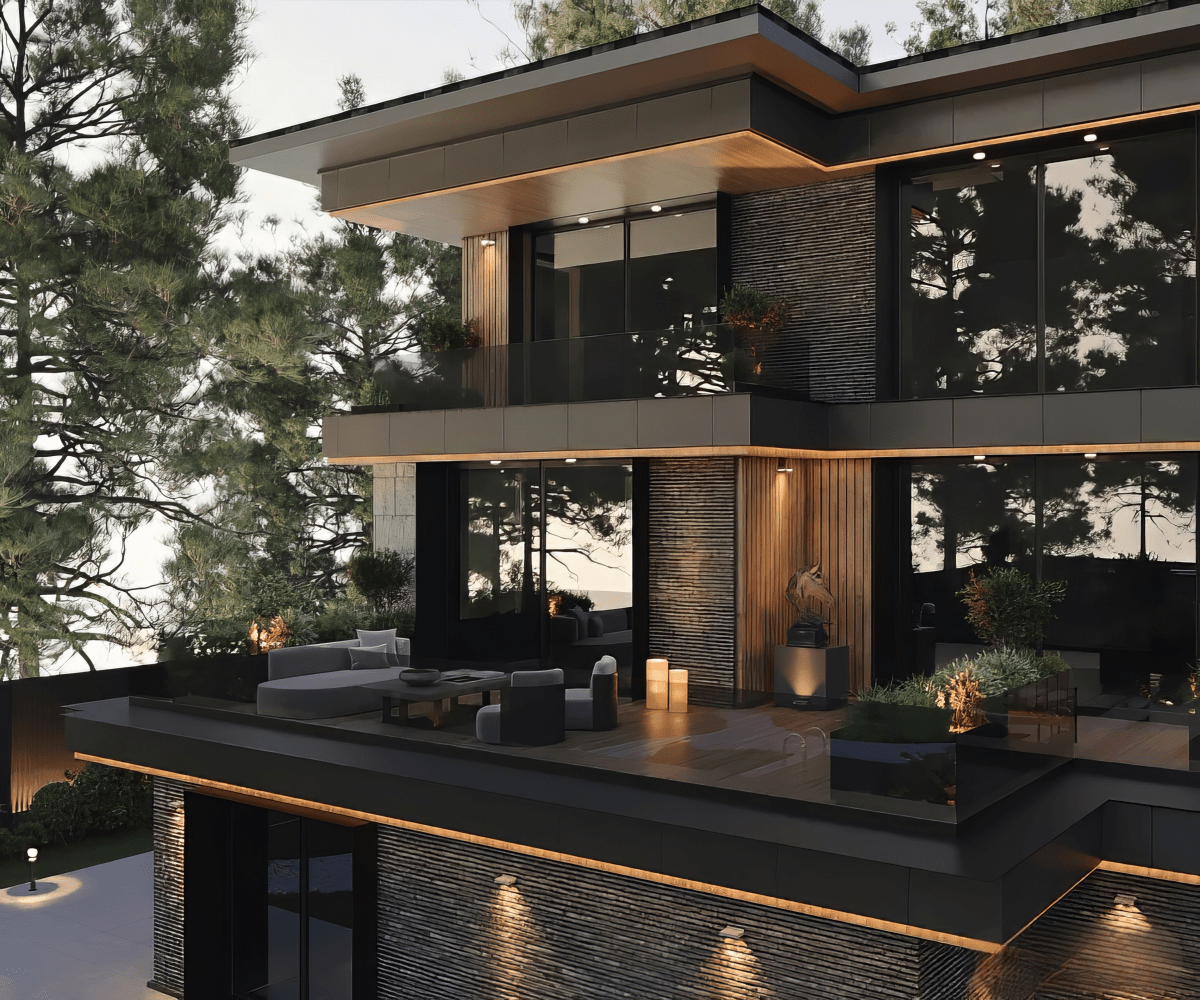
Share:
Choosing the Right Materials for Your Kitchen Design
Home Renovation Magic: Stunning Transformations with Aksesuar Design